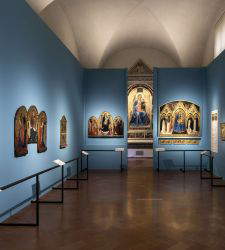 Museums
Museums
 Events
Events
 Museums
Museums
 Exhibitions
Exhibitions
 Museums
Museums
 Travel
Travel
 Exhibitions
Exhibitions
 Exhibitions
Exhibitions

 Exhibition reviews
Exhibition reviews
 Exhibition reviews
Exhibition reviews
 Exhibition reviews
Exhibition reviews
 Exhibition reviews
Exhibition reviews
 Exhibition reviews
Exhibition reviews

 Opinions
Opinions
 Opinions
Opinions
 Works and artists
Works and artists
 Works and artists
Works and artists